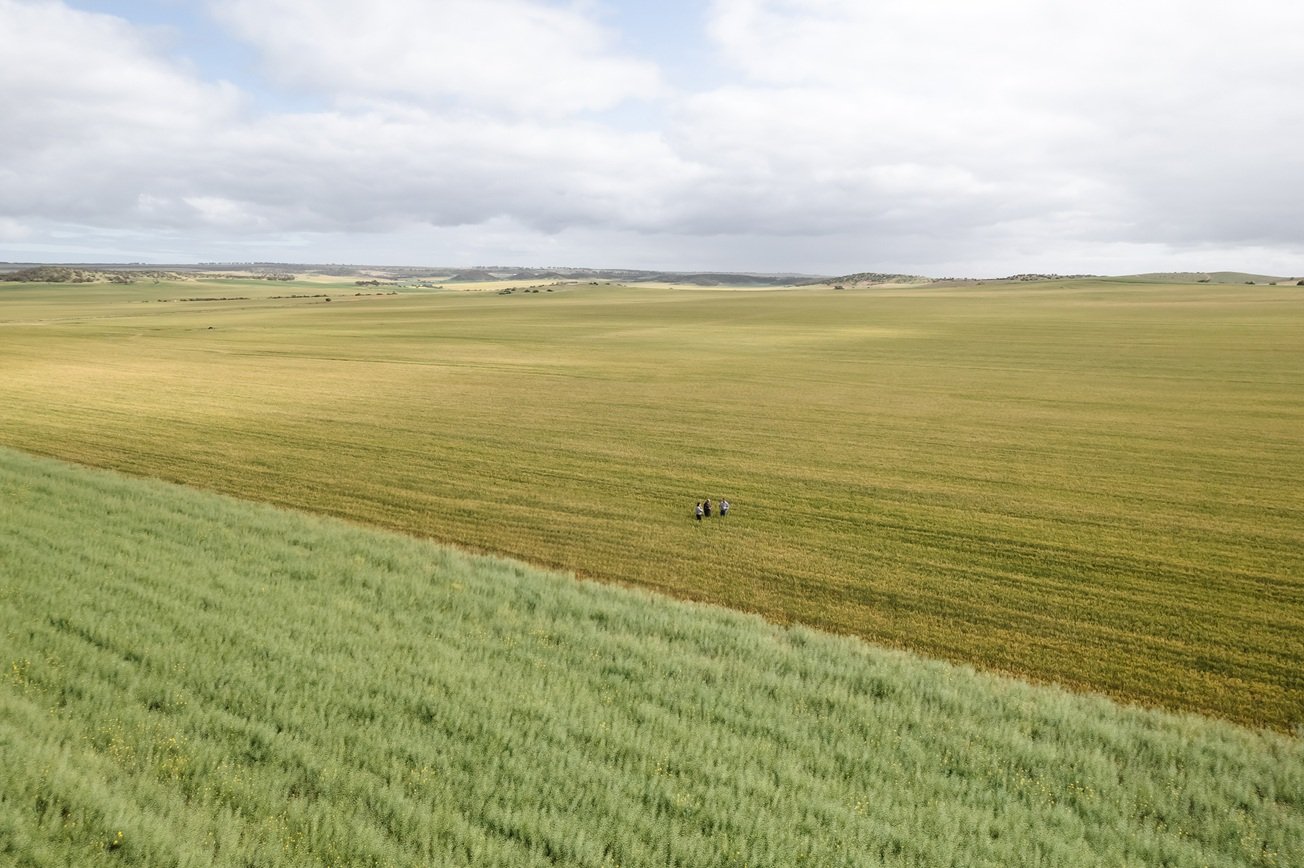
Our Services
At Ten Tigers, we recognise that everyone has different requirements, that's why we have individual packages tailored to varying needs and preferences.
We are 100% focussed on our growers’ grain, no matter what the size of your tonnage is.
Our Packages
SILVER
Retain control over your grain marketing endeavors while offloading the burdens of analysis, research, and sales to our expert team.
Inclusions:
Parcelling and negotiation of grain for cash sales
Independent and commission free general grain marketing advice
In depth price and product analysis
Daily market and pricing SMS
Weekly market update newsletter
Target price setting & monitoring
Position statements
Regional meetings/workshops
Partial access to our portal with charts, prices, market positions and other valuable insights
GOLD
Leave the groundwork to us to ensure top tier returns on your grain marketing strategy.
Inclusions:
Personalised grain marketing strategy
Allocated grain marketing manager with phone call and SMS access
Swaps and basis advice
Domestic sales and farmer-to-farmer transfers
Comprehensive EOY paperwork
Parceling and negotiation of grain for cash sales
Independent and commission free general grain marketing advice
In depth price and product analysis
Daily market and pricing SMS
Weekly market update newsletter
Target price setting & monitoring
Position statements
Regional meetings/workshops
Full access to our portal with charts, prices, market positions and other valuable insights
Negotiation and management of grain contracts
PLATNIUM
Experience unparalleled support at every stage for maximum profitability.
Inclusions:
Initial farm visit
Unlimited access to our grain marketing managers
Advice and assistance for trading in swaps, futures, currency and options
Annual strategic review of your business
Quality optimisation and opportunistic trading
In-depth price and product analysis
Daily market and pricing SMSs
Personalised grain marketing strategy
Domestic sales and farmer-to-farmer transfers
Comprehensive EOY paperwork
Parceling and negotiation of grain prices
Independent and commission free general grain marketing advice
Weekly market update newsletter
Target price setting & monitoring
Position statements
Regional meetings/workshops
Full Access to our portal with charts, prices, market positions and other valuable insights
Maximise Your Profits
Contact us today and book a meeting discover how Ten Tigers can help maximise your grain marketing profits with hassle-free, expert solutions tailored for WA farmers.





